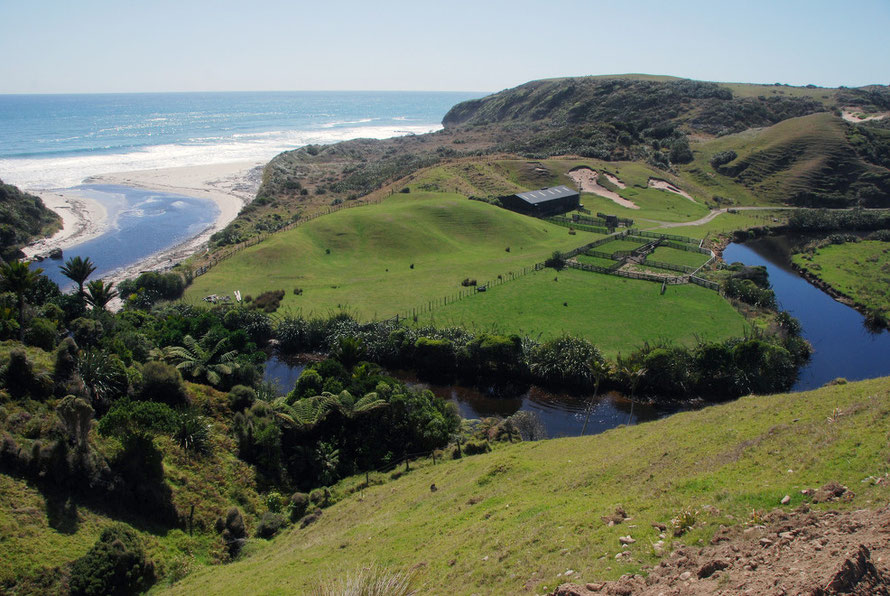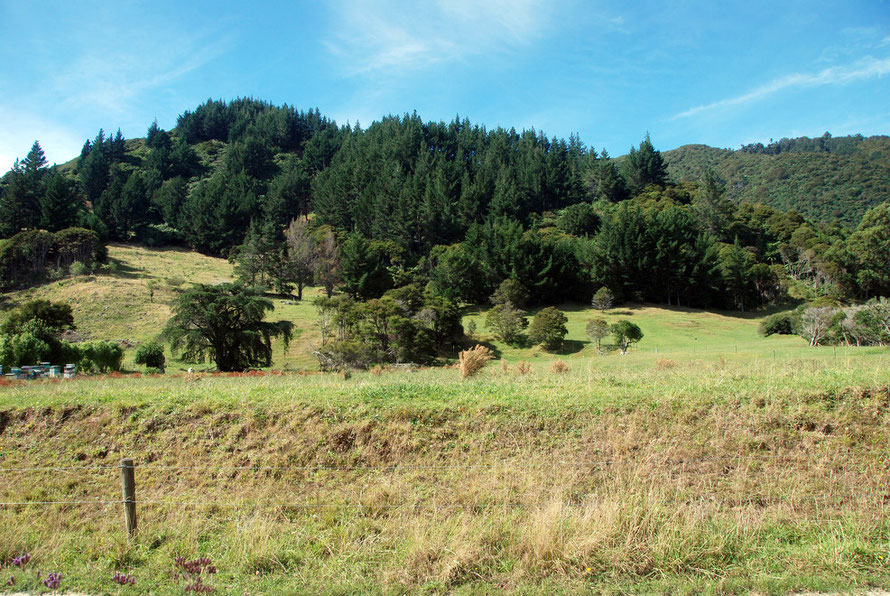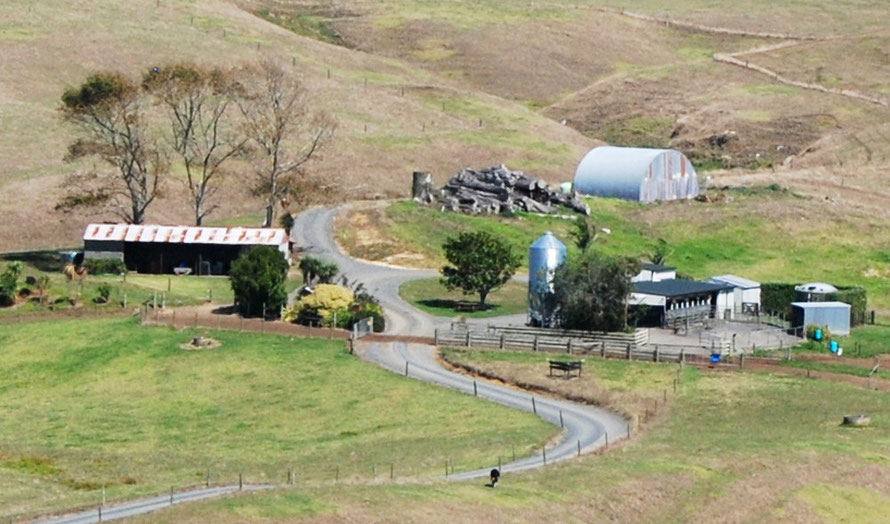Agriculture in New Zealand: A Butter Fat Arcadia? (8 pages)


The pages in this section explore various aspects of the development of New Zealand's agriculture.
The first page looks briefly at the grassland, ownership and freezing-technology revolutions that transformed New Zealand and its 'countryside'.
The second page looks at the role of the colonial exploitation of rock phosphate from the tiny Pacific island of Nauru in this process.
The third page looks at the free-market revolution wrought on New Zealand's farming community by so -called 'Rogernomics' in the 1980s.
The fourth page looks at the phenomenal growth of the dairy industry and the 'white gold' revolution.
The fifth page looks at some of the environmental consequences of the growth and rapid intensification of the diary industry.
And the sixth page looks at the strengths and weaknesses of New Zealand's agriculture industry and the management of those risks and possible threats to New Zealand's cherished image as a place of 'green' and 'clean ' agriculture, food products and tourism.

Super-15 Rugby advertising and the fly-strike phenomena
So New Zealand is peculiarly dependent on its agriculture. And the big growth sector at the moment is the dried milk trade with Asia and China in particular.
That was brought home to me on the night before our flight out of Auckland back to Blighty when we stayed in the airport's Novotel. Rung out by our speedy circumnavigation of the South Island we took a room service meal and watched a Super 15 (the inter-Southern-Hemisphere club rugby competition) match on the TV.
The centrality of agriculture to the country, or at least the bond between farming and rugby, was vividly illustrated.
In the half-time ad break there were not one, but two adverts for anti-flystrike treatments for dairy cows.

